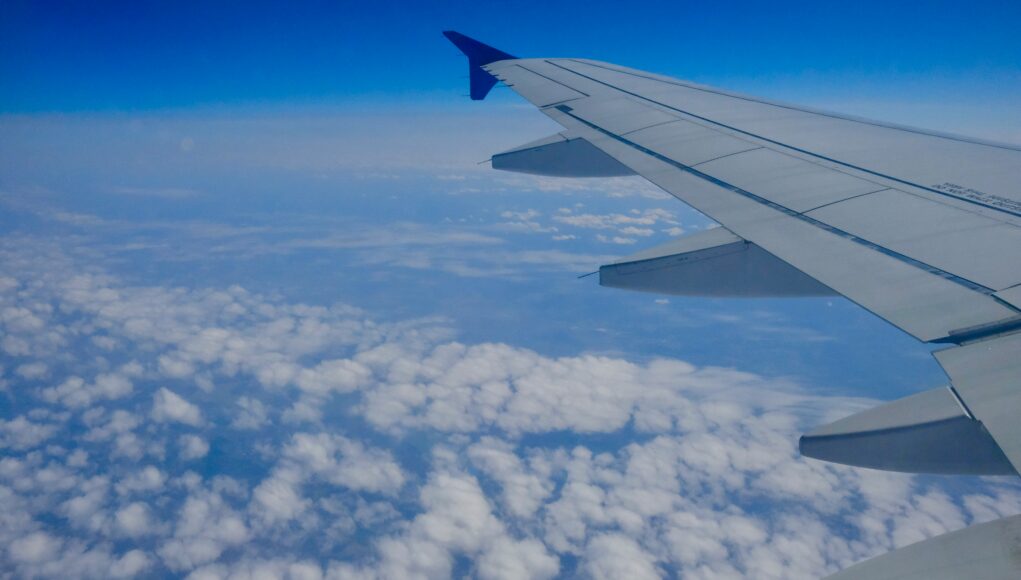Air travel has become an integral part of modern life, connecting people across continents and cultures.
However, with the convenience of flying comes the responsibility of maintaining a pleasant atmosphere for everyone on board. Airplane etiquette is essential for ensuring that both you and your fellow passengers have a comfortable journey. From boarding procedures to in-flight behavior, understanding the do’s and don’ts can significantly enhance the flying experience. This guide will explore essential airplane etiquette, providing practical tips and personal anecdotes to help navigate the skies with grace.
1. Preparing for Your Flight
Before even stepping foot on the plane, preparation is key. This includes packing your carry-on bag wisely, ensuring you have all necessary documents, and being mindful of your attire. Aim to wear comfortable clothing that allows for easy movement. Avoid overly strong perfumes or colognes, as enclosed spaces can intensify scents, potentially causing discomfort to others.
When packing, adhere to the airline’s carry-on regulations. Most airlines allow one carry-on bag and one personal item. Ensure that your liquids are in containers of 3.4 ounces (100 milliliters) or less, and all must fit in a single quart-sized bag. This not only speeds up the security process but also prevents delays that can affect the boarding experience for everyone.
2. Boarding Procedures
Boarding an aircraft can often feel chaotic, but following the airline’s boarding procedures can make the process smoother. Airlines typically board by rows, starting from the back of the plane to the front. Respecting this order helps reduce congestion in the aisles. If you are seated towards the back, be patient and wait for your row to be called before proceeding to the gate.
When it’s your turn to board, have your boarding pass and identification ready. This will help expedite the boarding process. Once on board, quickly stow your luggage in the overhead bin or under the seat in front of you, and take your seat promptly. This consideration allows other passengers to board without unnecessary delays.
3. In-Flight Behavior
Once seated, it’s important to be considerate of those around you. Keep your voice down when speaking to fellow passengers or on your phone. If you must take a call, step into the aisle or a designated area to avoid disturbing others. Additionally, be mindful of your personal space; reclining your seat is acceptable, but do so gradually and check behind you to ensure it doesn’t disrupt the person seated behind you.
Eating on a plane can be a delicate matter. If your flight includes a meal service, be aware of the smells of your food. If you have brought your own snacks, opt for items that are less aromatic. Avoid foods that could cause allergies or discomfort to others, such as strong cheeses or seafood. Always clean up after yourself, disposing of trash in the appropriate receptacles.
4. Handling Disruptions
In-flight disruptions can occur, whether it’s a crying baby or a loud conversation. It’s essential to remain calm and composed. If a situation becomes particularly bothersome, consider using noise-canceling headphones or earplugs to create a more peaceful environment. If necessary, politely address the issue with a flight attendant, who is trained to handle such situations professionally.
Additionally, if you find yourself in a situation where a fellow passenger is being disruptive, approach the matter with tact. A simple request to lower their voice or a gentle reminder about personal space can often resolve the issue without escalating tensions.
5. Dealing with Personal Space
Airplanes can be cramped, and personal space is often limited. Respecting the boundaries of fellow passengers is crucial. If you’re traveling with a companion, avoid spreading out into the adjacent seat area. Use the armrests fairly, and if you’re seated in the middle, be especially considerate of both sides.
When it comes to using the restroom, try to minimize your trips during meal service or when the seatbelt sign is on. If you must get up, politely ask your neighbors to let you pass, and do so with minimal disruption. Always remember to wash your hands thoroughly after using the restroom—this is not just good etiquette but also a health necessity.
6. Disembarking the Aircraft
Once the plane has landed, the urge to rush off can be overwhelming. However, patience is key. Wait for the seatbelt sign to turn off before standing up. Disembarkation typically occurs row by row, so remain seated until your row is called. This helps maintain order and ensures that everyone can exit the plane in a timely manner.
As you leave, be sure to take all your belongings with you. A common mistake is leaving personal items behind in the overhead bins or under the seat. Double-check your seating area before exiting to ensure nothing is forgotten.
7. Traveling with Children
Traveling with children can be a challenge, but with some preparation, it can also be a rewarding experience. Parents should ensure that children are aware of airplane etiquette before the flight. Explain the importance of keeping noise levels down and respecting the space of others. Bringing along activities such as coloring books, tablets, or small toys can help keep children entertained during the flight.
When it comes to boarding and disembarking, families with young children are often allowed to board early. Take advantage of this to settle in before the cabin fills up. During the flight, be prepared with snacks and drinks to keep children satisfied, but be mindful of allergies and messes.
The Importance of Airplane Etiquette
Airplane etiquette is not just about following rules; it’s about creating a pleasant experience for everyone involved. By being considerate, respectful, and prepared, travelers can contribute to a more enjoyable atmosphere in the skies. Whether it’s your first flight or your hundredth, keeping these etiquette tips in mind will ensure that you and your fellow passengers can travel comfortably and peacefully. So, the next time you board a plane, remember that a little courtesy goes a long way in making the journey enjoyable for all.
Frequently Asked Questions
What should I pack in my carry-on for a comfortable flight?
When packing your carry-on, include essentials such as a travel pillow, a light blanket or shawl, snacks, a refillable water bottle, and entertainment options like books or tablets. Don’t forget chargers for your devices and any necessary medications. It’s also wise to pack a change of clothes or an extra pair of socks in case of delays or lost luggage.
How much should I budget for snacks and meals during my flight?
Budgeting for snacks and meals can vary widely depending on the airline. Some airlines provide complimentary meals, while others charge for food. On average, expect to pay around $10-$15 for a meal on low-cost carriers. Bringing your own snacks can save money; just be mindful of the airline’s policies regarding food items.
What are the best times to book flights for lower fares?
Generally, booking flights on Tuesdays or Wednesdays can yield lower fares, as airlines often release deals early in the week. Additionally, flying during off-peak seasons, such as late fall or early spring, can result in significant savings. Flexibility with travel dates can also help in finding the best prices.
Are there any safety concerns I should be aware of?
Safety on airplanes is taken very seriously. Always follow the crew’s instructions regarding seatbelts and emergency procedures. Be aware of your surroundings and report any suspicious behavior to the flight attendants. Familiarize yourself with the safety card located in the seat pocket in front of you.
How can I make traveling with children easier?
To make traveling with children easier, plan ahead by bringing snacks, entertainment, and comfort items. Arrive at the airport early to allow for extra time during check-in and security. Consider booking direct flights to minimize travel time and stress. Engaging children in the travel process can also help them feel more comfortable and excited about the journey.
What local customs should I be aware of when traveling internationally?
Local customs can vary significantly from country to country. Research the cultural norms of your destination regarding greetings, dining etiquette, and dress codes. Understanding these customs can enhance your travel experience and help avoid unintentional offenses. For example, in some cultures, it is customary to remove shoes before entering a home.
What are some insider tips for a more enjoyable flight experience?
Consider joining an airline loyalty program to earn points for free flights or upgrades. Arriving at the airport early can reduce stress and give you time to relax before your flight. Additionally, bringing noise-canceling headphones or a good book can make the flight more enjoyable. Lastly, don’t hesitate to ask flight attendants for assistance or recommendations; they can provide valuable insights and tips.





















